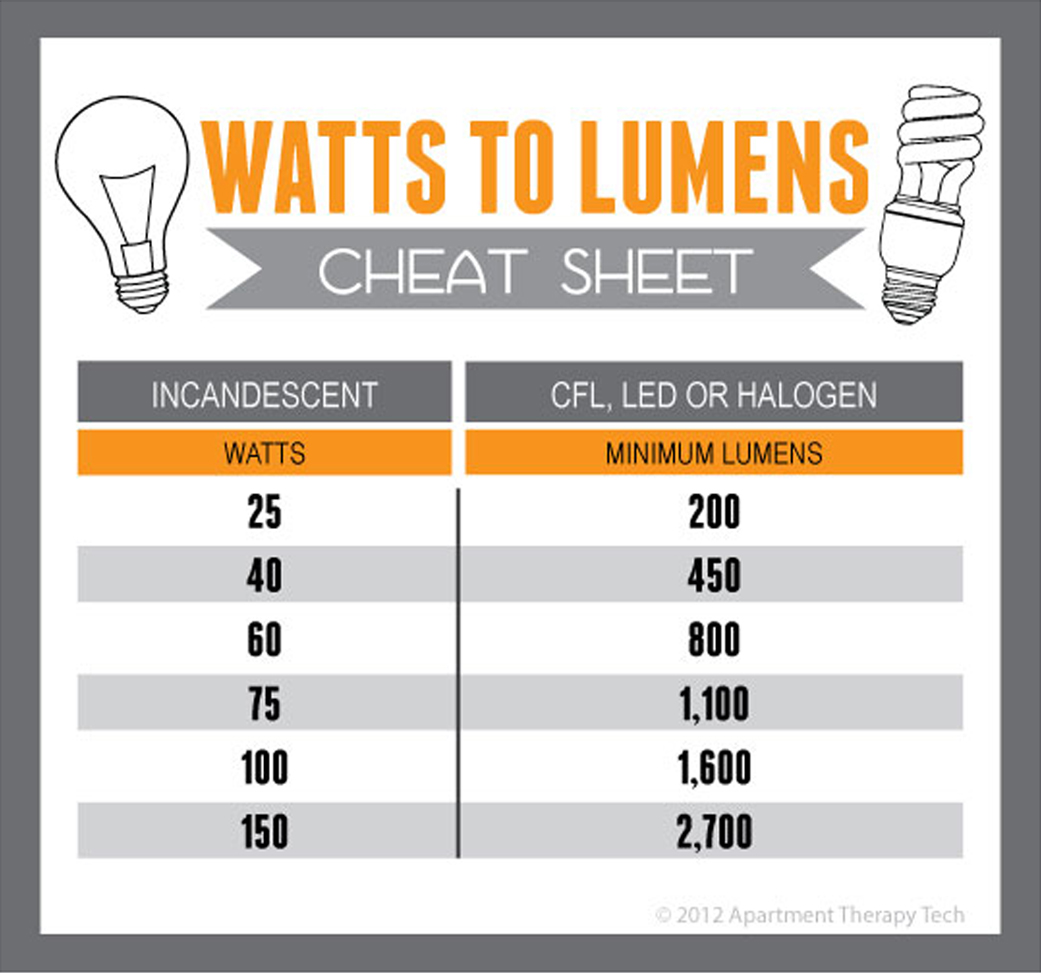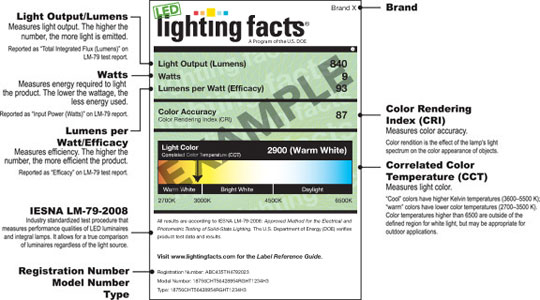How to Choose an LED bulb
HOW TO CHOOSE AN LED BULB

Correct Base Size
- Correct Base Size or connection size as well as glass size.
- Correct Lumens or light output vs wattage consumed
- Best Color Temperature for your space.
The base size is just the screw in or plug connection part of your lamp. Do you have a regular size (E26) screw in base, a mini chandelier screw in or a pin base light bulb. Common LED retrofit lamp bases are E26 (Edison or Standard
Base), E12 (Candelabra Base), GU5.3 (low voltage usually for directional light
sources such as MR11, MR16) and GU10 (line voltage 120V).
Glass shapes include PAR reflectors, Standard A-Shape, Chandelier, Globe, decorative and mini MR16 reflectors. Like most lamps the number following the shape represents the diameter of the bulbs in eighths of an inch. A MR16 for example is 16 eights or 2’ in diameter.
Light Output
Light Output should be considered when considering brightness for your LED lamp. LEDS while having low wattage, still produces a
lot of Lumens and a great amount of light. You should compare the lumens produced by the existing bulb and check with the LED to ensure it produces the same amount of light.
Color Temperature
CCT (Correlated Color Temperature) is a numerical measurement of the color appearance of a light source measured in degrees Kelvin. LED lamps on the warmer end of the CCT (Correlated Color Temperature) around 2700 Kelvin’s are great for ambient environments such as homes. While the cool tones near 6500k produce a bright light and are typically used in places such as jewelers store or art galleries.
Color Rendering or CRI is not an accurate measurement of LED’s since they produce light with color mixing or RGB. White lights can vary greatly, LED phosphor based LEDs show significant color variations, such a warm yellow white vs. a cool bright white light.
LED’s progressively dim over time and don’t burn out. The End of Life of a lamp is when the light output drops below 70% of the initial light level also known as L70.Remember when selecting a LED lamp there are many certifications that ensure quality, safety, and environmental friendliness.
- Energy star is facilitated by the environmental protection agency. Products are tested and meet strict energy standards.
- UL or Underwriters Laboratory ensures electronic devices meet safety standards. UL listed lamps are tested for public safety and apply to self ballasted lamps only.
- Not all LED lamps are dimmable, check with manufacturer for dimmer capability.
